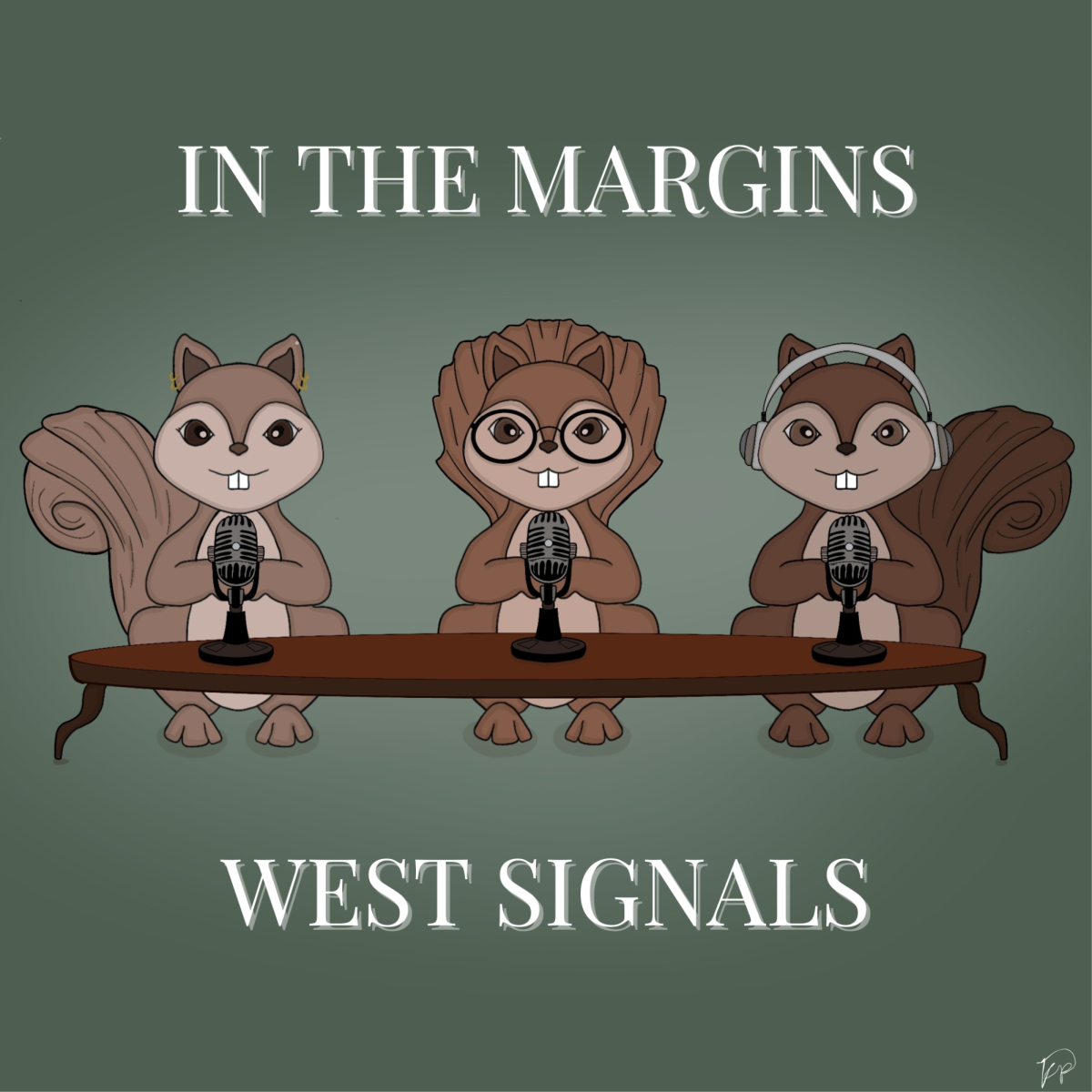Turtles All the Way Down: Mental Illness
October 25, 2017
It has been six years since John Green’s book The Fault in Our Stars was written, but his latest book, Turtles All the Way Down, was worth the wait. Dealing with the issue of mental illness and how it relates to identity and personhood, Turtles All the Way Down is Green’s most ambitious book to date.
Turtles All the Way Down is about Aza Holmes, a sixteen-year-old girl who deals with obsessive compulsive disorder (OCD) and the death of her father as she tries to be a good daughter and a good friend. Aza and her best friend, Daisy, work to solve a mystery involving Russell Pickett, a multimillionaire who disappeared, after Aza reunites with Davis Pickett, Russel’s Pickett’s son and Aza’s childhood friend.
Throughout the book, Aza’s OCD leads to intrusive thoughts, which Aza has no control over, and interrupts her daily life, making it difficult for her to interact with her friends and family. Green portrays this OCD well, repeatedly making the reader experience the frustration Aza feels when her OCD takes over and her thoughts spiral inwardly until she cannot help but think the thought she knows her OCD is making her think.
After unsuccessfully trying to write a few different novels following the release of the novel The Fault in Our Stars, Green, who deals with OCD, decided to write the book that became Turtles All Way Down when he experienced a period of poor mental health. For a few months, he felt like he could not control what he thought about and writing about his powerlessness in the face of OCD became a way to address the issue.
Green’s OCD causes him to fear that he may contract an illness or have contamination inside his body and these fears are very similar to the fears that Aza’s OCD forces her to think about in the book.
Turtles All the Way Down has taught me more about mental illness and how it feels to live with OCD. For example, in order to cope with her OCD, Aza tries to distract herself from her thoughts, but this actually worsens her condition. As Aza progresses as a character, she learns to acknowledge her thought spirals instead of trying to ignore them. The book immerses the reader in Aza’s thoughts as she deals with her mental illness, which allowed me to gain a better understanding of how intrusive thoughts affect people’s relationships with other as well as themselves.
Reading this book, I felt like the book would be perfect for people who know individuals struggling with a mental illness such as OCD because this book gives a glimpse into their world and how their illness affects their social interactions. This book could be especially useful for any parents who have children with a mental illness because the advice Aza gives to her mother could show parents how to interact effectively with their children. Also, the book may give those who deal with mental illness a reminder that they are not alone in their struggle because people are there for them when they need it the most.
Now I can begin to see how people with OCD find it difficult to interact with others when they cannot control their own thoughts, having imagined the issue of mental illness on a personal level.




